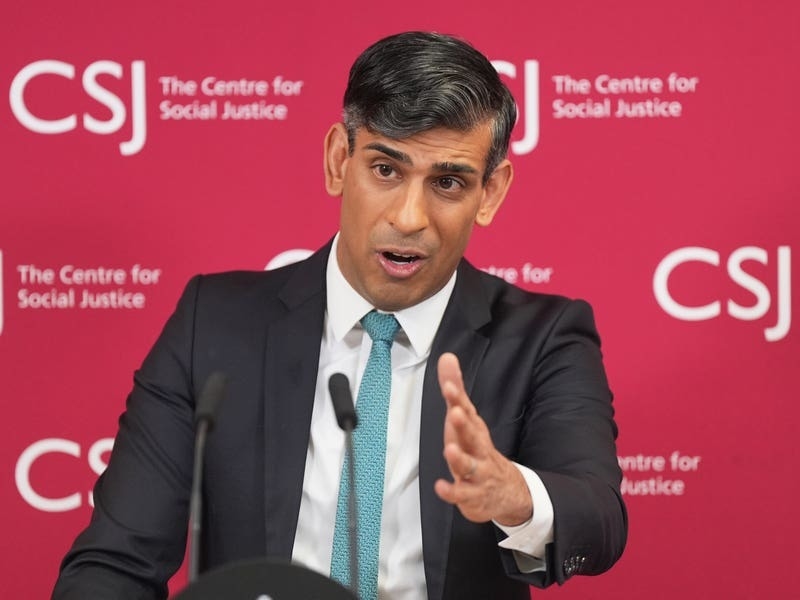A storm forecasters warn is carrying “off the chart” amounts of moisture is slowly crawling towards shore along the US Gulf coast, having already caused widespread power cuts.
Hurricane Barry, which officially strengthened into a category one hurricane on Saturday morning with maximum sustained winds of 75mph, is causing downpours that could last for days in a test of flood-prevention efforts implemented after Hurricane Katrina devastated New Orleans 14 years ago.
As natives and tourists in the Big Easy, Baton Rouge and other heavily populated areas in the storm’s path hunkered down, the Coast Guard rescued more than a dozen people from the flooded remote island of Isle de Jean Charles.

Meanwhile a levee in Plaquemines Parish, a finger of land extending deep into the Gulf of Mexico downstream from New Orleans, has already been topped by water.
But officials remain confident New Orleans’ levees will hold firm, with most ranging in height from 20 to 25ft.
Officials predict Barry will make landfall near Morgan City, west of New Orleans.

National Hurricane Centre director Ken Graham, giving an update via Facebook Live, pointed to a computer screen showing a huge, swirling mess of airborne water.
He said: “That is just an amazing amount of moisture. That is off the chart.”
Barry is moving so slowly that it is likely heavy rain will continue throughout the weekend across Louisiana, he added.
There are predictions of 10-20in through Sunday across a swath of Louisiana that includes New Orleans and Baton Rouge, with some parts of the state possible getting 25in.
For local information on storm surge, rainfall, and wind impacts from #Barry, please follow @NWSNewOrleans @NWSLakeCharles @NWSShreveport @NWSJacksonMS @NWSMobile @NWSLittleRock @NWSMemphis pic.twitter.com/GrBbmOmIrl
— National Hurricane Center (@NHC_Atlantic) July 13, 2019
Looking ahead, tracking forecasts show the storm moving towards Chicago, swelling the Mississippi River basin with water that must eventually flow south again.
Governors have declared emergencies in Louisiana and Mississippi, and authorities have taken unprecedented precautions in closing floodgates and raising the barriers around New Orleans.
Governor John Bel Edwards said it is the first time all floodgates have been sealed in the New Orleans-area Hurricane Risk Reduction System since Katrina.
A HIGH risk is in effect in our Day 1 Excessive Rainfall Outlook. More details: https://t.co/FQU5sblUHQ pic.twitter.com/Dlll2v3er8
— NWS WPC (@NWSWPC) July 13, 2019
But he still said he does not expect the Mississippi River to spill over the levees despite water levels already running high from spring rains and melting snow upstream.
Rescue crews and about 3,000 National Guard troops are posted around Louisiana with boats, high-water vehicles and helicopters.
President Donald Trump has declared a federal emergency for Louisiana, authorising federal agencies to co-ordinate relief efforts.






